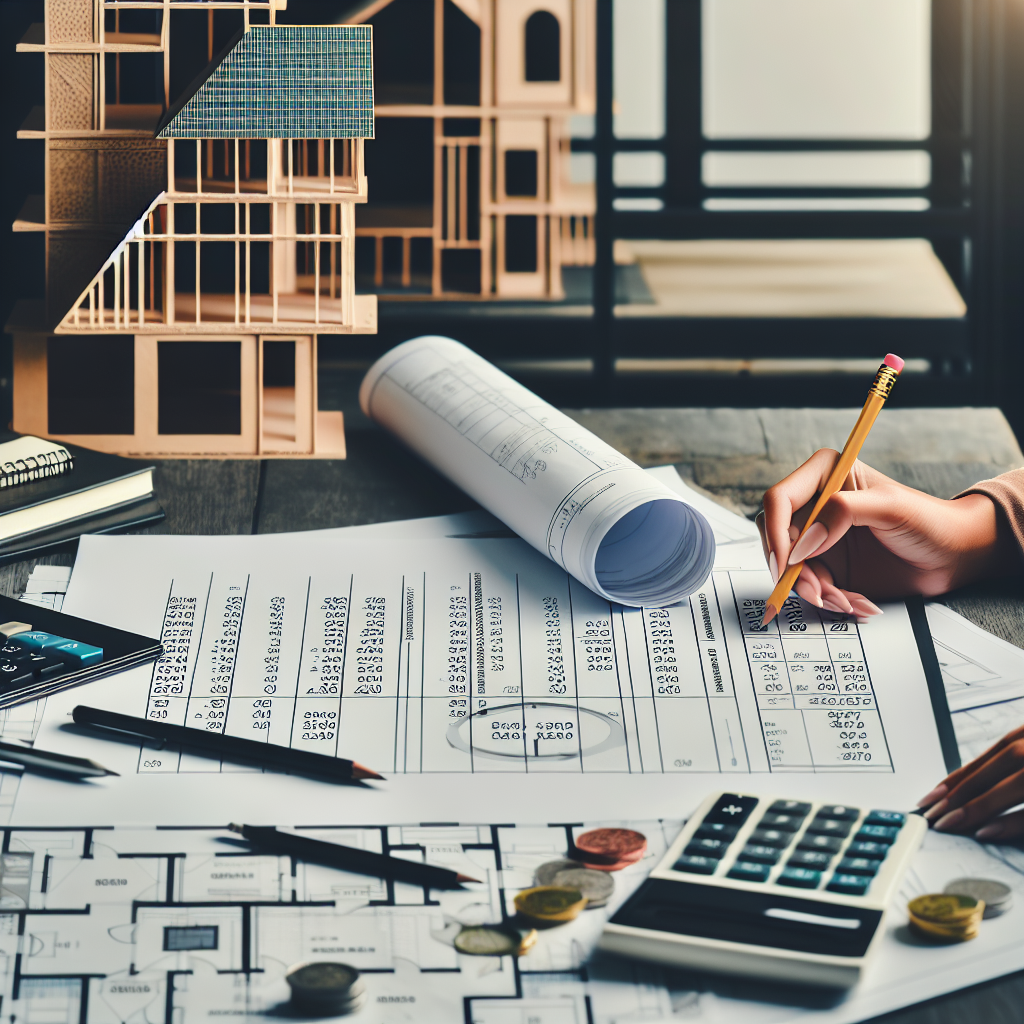-
Table of Contents
- Mastering the Calculation of Repair, Rehab, and Renovation Costs for Any Project
- Understanding the Basics
- Initial Assessment and Planning
- Case Study: Initial Assessment
- Detailed Cost Estimation
- Example: Detailed Cost Estimation
- Using Software and Tools
- Case Study: Using Software for Cost Estimation
- Common Pitfalls and How to Avoid Them
- Example: Avoiding Common Pitfalls
- Real-World Examples and Statistics
- Case Study: Real-World Example
- Conclusion
Mastering the Calculation of Repair, Rehab, and Renovation Costs for Any Project

Whether you’re a seasoned real estate investor, a homeowner looking to upgrade your living space, or a contractor managing multiple projects, accurately calculating repair, rehab, and renovation costs is crucial. Misestimating these costs can lead to budget overruns, project delays, and even financial losses. This article aims to provide a comprehensive guide to mastering the calculation of these costs, complete with examples, case studies, and actionable insights.
Understanding the Basics
Before diving into the specifics, it’s essential to understand the fundamental differences between repair, rehab, and renovation:
- Repair: Fixing something that is broken or malfunctioning.
- Rehab: Restoring a property to a good condition, often involving both repairs and upgrades.
- Renovation: Making significant changes to a property, which can include both cosmetic and structural modifications.
Initial Assessment and Planning
The first step in any project is a thorough initial assessment. This involves:
- Inspection: Conduct a detailed inspection to identify all areas that need attention.
- Scope of Work: Define the scope of work required for the project. This includes listing all tasks, materials, and labor needed.
- Budgeting: Establish a preliminary budget based on the scope of work.
Case Study: Initial Assessment
Consider a homeowner planning to renovate their kitchen. The initial assessment might reveal the need for new cabinets, countertops, flooring, and appliances. By listing these items and their associated costs, the homeowner can create a preliminary budget.
Detailed Cost Estimation
Once the initial assessment is complete, the next step is to create a detailed cost estimation. This involves breaking down the project into smaller components and estimating the cost of each component. Key factors to consider include:
- Materials: The cost of materials can vary significantly based on quality and availability. Always get multiple quotes to ensure you’re getting the best price.
- Labor: Labor costs can also vary based on the complexity of the work and the experience of the workers. It’s essential to get detailed quotes from contractors.
- Permits and Fees: Depending on the scope of the project, you may need various permits and inspections, which can add to the overall cost.
- Contingency: Always include a contingency budget (typically 10-20%) to cover unexpected expenses.
Example: Detailed Cost Estimation
For a kitchen renovation, the detailed cost estimation might look like this:
- Cabinets: $5,000
- Countertops: $3,000
- Flooring: $2,000
- Appliances: $4,000
- Labor: $6,000
- Permits and Fees: $500
- Contingency (15%): $3,150
- Total: $23,650
Using Software and Tools
In today’s digital age, various software and tools can help streamline the cost estimation process. These tools can provide more accurate estimates and help manage the project more efficiently. Some popular options include:
- Buildertrend: A comprehensive project management tool that includes cost estimation features.
- RSMeans Data: A database of construction costs that can be used for accurate cost estimation.
- CoConstruct: A project management tool designed for custom home builders and remodelers.
Case Study: Using Software for Cost Estimation
A real estate investor planning to rehab a multi-family property might use Buildertrend to manage the project. By inputting the scope of work and getting real-time cost estimates, the investor can ensure the project stays within budget.
Common Pitfalls and How to Avoid Them
Even with careful planning, there are common pitfalls that can derail a project. Here are some to watch out for and how to avoid them:
- Underestimating Costs: Always include a contingency budget and get multiple quotes to avoid underestimating costs.
- Scope Creep: Clearly define the scope of work and avoid making changes once the project has started.
- Poor Communication: Maintain open lines of communication with all stakeholders to ensure everyone is on the same page.
- Ignoring Permits and Regulations: Always check local regulations and obtain the necessary permits to avoid fines and delays.
Example: Avoiding Common Pitfalls
A homeowner planning a bathroom renovation might avoid scope creep by finalizing the design and materials before starting the project. They might also avoid underestimating costs by including a 15% contingency budget.
Real-World Examples and Statistics
To provide a more comprehensive understanding, let’s look at some real-world examples and statistics:
- Average Kitchen Renovation Cost: According to HomeAdvisor, the average cost of a kitchen renovation in the U.S. is around $25,000, with most homeowners spending between $13,000 and $37,000.
- Return on Investment (ROI): According to Remodeling Magazine’s Cost vs. Value Report, a minor kitchen remodel has an average ROI of 81.1%, while a major kitchen remodel has an average ROI of 59.7%.
- Common Cost Overruns: A study by the Joint Center for Housing Studies at Harvard University found that nearly one-third of home renovation projects go over budget, with the average cost overrun being around 20%.
Case Study: Real-World Example
A real estate investor in California planned to rehab a single-family home with an initial budget of $50,000. However, due to unforeseen issues with the plumbing and electrical systems, the project ended up costing $60,000. Despite the cost overrun, the investor was able to sell the property for a significant profit due to the high demand in the area.
Conclusion
Mastering the calculation of repair, rehab, and renovation costs is essential for the success of any project. By conducting a thorough initial assessment, creating a detailed cost estimation, using software and tools, and avoiding common pitfalls, you can ensure your project stays on track and within budget. Real-world examples and statistics further highlight the importance of accurate cost estimation and the potential financial benefits of successful projects.
In summary, the key takeaways for mastering the calculation of repair, rehab, and renovation costs are:
- Understand the differences between repair, rehab, and renovation.
- Conduct a thorough initial assessment and define the scope of work.
- Create a detailed cost estimation, including materials, labor, permits, and contingency.
- Utilize software and tools to streamline the process.
- Avoid common pitfalls such as underestimating costs, scope creep, poor communication, and ignoring permits and regulations.
By following these guidelines, you can master the calculation of repair, rehab, and renovation costs for any project, ensuring its success and maximizing your return on investment.








